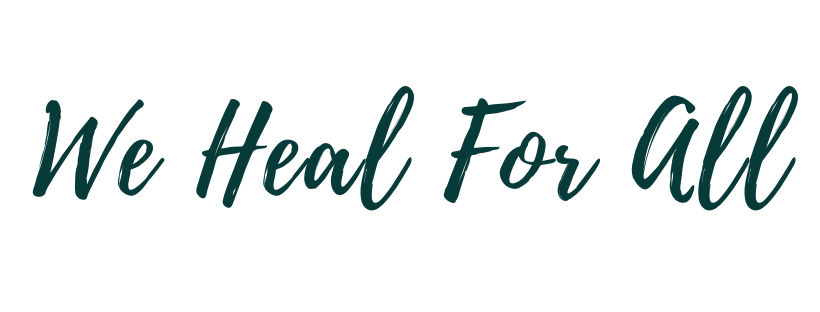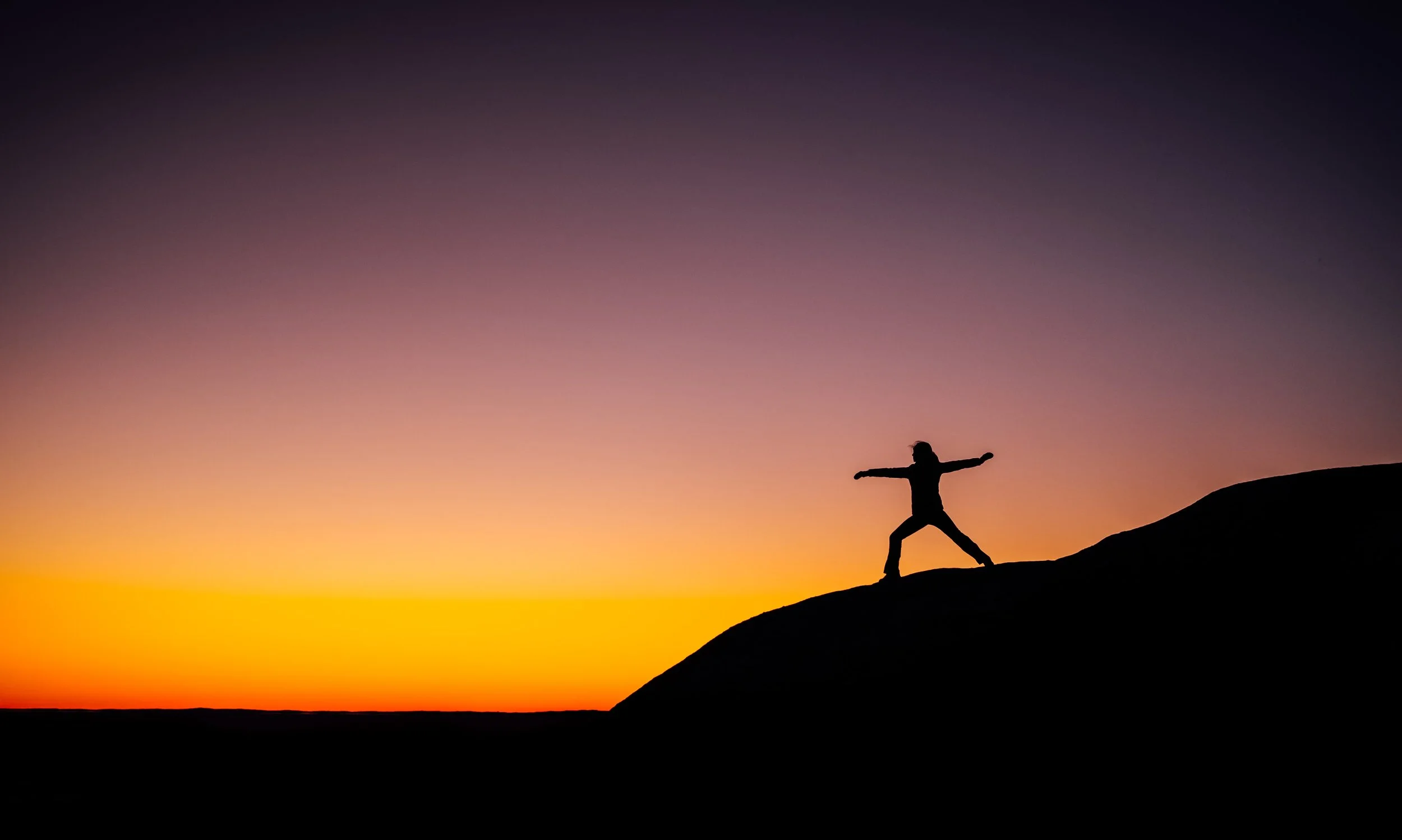Mindfulness for healing: Self-awareness for collective healing
This present moment is on fire
In our fast-paced, crazy world that feels like it’s constantly on fire, it can feel impossible to know what to do. As change makers, helpers, and healers, many of us feel stretched to the max, constantly on alert for the next crisis to drop. Our heads are spinning and our hearts hurt, but the urgency of it all pushes us to keep going.
How do we help our minds slow down and our hearts be better resourced to respond to what’s happening in the world? How can we use mindfulness for healing to show up from a more liberated, whole-hearted place?
Collective healing offer us an answer. Collective healing is support for the many normal feelings and complicated experiences that come with being alive and attuned to the changes in our world.
In this piece, I share what the relationship between mindfulness and healing is, why they are such compatible companions, and how that’s relevant to our exploration of collective healing.
What is mindfulness?
Mindfulness, at its core, is a practice of placing your attention on your thoughts, feelings, sensations, and environment without judgment. It can take the form of a meditation practice, such as a seated or walking meditation, for example. Or it can be part of other practices such as pranayama (breathing exercises) and asana (physical poses) within yoga.
The invitation within any mindfulness practice is to notice what you notice within the present moment without changing or interfering with what you see. At its heart, mindfulness is a practice of self-observation—taking in what you see from a place of the curious and compassionate from within yourself.
Originating from ancient contemplative traditions in India and Buddhism, mindfulness has grown in cultural significance throughout the world in recent decades. It is recognized for its transformative power to help people cultivate a steadier mind, more resilient heart, and greater inner peace. The proliferation of things like corporate mindfulness programs, mindfulness-based stress reduction in psychotherapy, and youth meditation programs in schools reflect its cultural significance and time-tested value.
What do mindfulness and healing have to do with each other?
So what does mindfulness have to do with healing?
One word: self awareness.
Mindfulness and healing are both about having a relationship with yourself. Both invite you to look below the hood of the car, if you will, and engage in practices that deepen your understanding of yourself.
Self awareness is key to any healing process because healing is not just about addressing a symptom or finding a quick fix to a problem. True healing comes from transforming yourself from the inside out. This requires someone to have a deep and ongoing relationship with themself. One that helps them unearth a more nuanced understanding of things like where negative thoughts come from or why chronic pain persists.
Mindfulness practices help a person cultivate the kind of self awareness that healing needs. Mindfulness practices support someone to slow down and work with their thoughts, feelings, and sensations from a place of compassion and nonjudgment. Instead of rushing to fix and change what they see, mindfulness invites a person to simply observe what within them is asking to be healed, and approach them from a place of curiosity.
It might initially sound contrary, especially in the face of urgent pain, but by not immediately jumping into action, we give ourselves the space and time to better understand ourselves, at deeper layers, that helps us heal. Approaching wounds or challenging experiences from a place of curiosity as opposed to criticism allows the wounds to reveal their true nature to us–why they’re here, where they’re from, what they need. Mindfulness practices allow us to do so.
What mindfulness for healing offers collective healing
The healing power of mindfulness lies in its ability to cultivate self-awareness, compassion, and nonjudgment—the cornerstones of inner transformation and collective healing. By better understanding ourselves, we are able to recognize when we need to step back and care for our hearts, when we need to dig deep and challenge ourselves, or when we need to adopt new skills or approaches to get things done.
Below are key pieces of wisdom from mindfulness for healing applied to our pursuit of collective healing:
Slow down
In our fast paced, urgent world, it can feel impossible to slow down. But with so much happening at such a rapid pace, we need to do so in order to process what we’re experiencing and discern what is best for ourselves, our community, and the world at large. Mindfulness and healing help us slow down and take in the present moment from a steadier place, which allows our relationship with ourselves and the world around us to shift.
Yes, the systems around us need to change. And one of the ways we can help them change is by starting with ourselves. Healing the wounds we carry (personal and collective wounds) and shifting outdated patterns within ourselves are acts of collective healing that are greatly needed in the world. Slowing down allows us to identify these wounds and work with them.
Do less
Living in a world on fire, the idea of “doing less” can seem counter, maybe even offensive, to what is being asked of us. But if we are responding to the world’s pain with mindlessness, reactivity, and more pain we run the risk of widening the problems we seek to change.
Mindfulness for healing offers an antidote to the fast-paced nature of things, by supporting us to engage with ourselves and the world from a place of spacious curiosity and compassion. While at first glance this can seem fruitless, these ancient practices help cultivate wisdom and equanimity; qualities that are needed to respond to a rapidly changing world.
Cultivate greater choice
Both mindfulness and healing help to reduce reactivity and give us more choice. The nano-second between having an experience and responding to it can make all the difference in how things unfold. Healing and mindfulness help to create space between what we experience and how we respond so that we can make more conscious choices.
Unresolved wounds, especially in the form of trauma, keep us from being able to do so, as well as a reactive mind, more generally. Mindfulness and collective healing practices help us cultivate our ability to choose from a more resourced and liberated place so that we have more agency.
Practice compassion
In this heated political climate in which we are grappling with such high stakes issues, it can be easy to judge ourselves and the world around us. Ultimately it can feel like we’re never doing enough. Or no matter what we do it doesn’t matter.
Both healing and mindfulness require compassion that offers an antidote to this harshness. They are invitations to soften our gaze and look at ourselves, our lives, and our journeys (individual and collective) through a lens of compassion that helps us understand things from a different perspective.
Consciousness development and healing journeys are non-linear in nature, meaning they are full of up’s and down’s. If we get stuck in a hyper-critical stance then we will be left defeated. Because the practice of self-observation within mindfulness and healing relies on compassion, by practicing this within ourselves, we can begin to bring the gifts of compassion into our work in the world. Not in a way that lets injustice slide or our boundaries get crossed, but in a way that helps us not burn out and show up more wholeheartedly.
Join me in We Heal For All
Looking for ways to practice mindfulness in the name of collective healing? Join one of my upcoming Circles that use meditation, storytelling and resonance practice to process the changes in the world.
Subscribe to my Substack to receive receive essays and newsletters from me, or follow me on Instagram or Facebook. I have a new (and debut!) book coming out this Fall 2024, Collective Healing for our Complex Times: How to be in relationship with the world’s pain. Keep an eye out for that!
Hi, I’m Liz Moyer Benferhat. Writer, facilitator, coach, and development practitioner dedicated to the subtle interplay between how inner transformation feeds the outer transformation we need in the world. Welcome 🌿




